We thought we’d go to Georgia and spend a weekend drinking Caucasian wine in the curvy streets of Tbilisi, but the tickets were well overpriced on such short notice. A week and a half out is not much time to plan a trip, really.
But when Lauren suggested the city of Van as an alternative, it seemed like the place we were meant to go. Van is perched on the edge of Turkey’s largest inland lake very close to the Iranian border, and it had been on my list of places to visit ever since I ran out of time during my southeast tour in 2014. Texts were sent, tickets were booked, and less than two weeks later, our group of four ladies boarded a flight to Van.
As our plane descended, I had my nose pressed to the window. Craggy mountains frosted with snow rippled across the landscape, punctuated by the giant turquoise expanse of Lake Van. I don’t usually choose a window seat, but I was thankful I had one on this flight. The view unfurled like a promise.
We’d opted to stay at the Hilton, after failing to find a charming pansyion in the city. It was a great decision: the concierge greeted us with warm chocolate chip cookies and a big smile every day, and the hotel became our refuge from some of the leering that seemed to follow us around the city of Van.
The city itself resembles every other Turkish city, concrete and ugly and generic, until you catch sight of the mountains peaks poking above the gray skyline. The beauty in Van is around, not in, the metropolitan area. We ventured into Van City for a very important reason: lunch.
Our first meal in Van was at a small restaurant that specializes in kavurma, slow-cooked chunks of lamb that absolutely melted on our tongues. The Birkoc Sac Kavurma restaurant wasn’t so easy to find—Google Maps was wrong, and everyone we asked for directions seemed to have a different idea of where the place was hiding—but a couple of helpful guys at a cell phone shop saved the day. (It helps that they were around the corner from Birkoc Sac Kavurma; I bet they go there for lunch too.) Along with that heavenly kavurma, we ate juicy Adana kebab, onions cooked so long and slow that they fell apart into a sweet mush, hot oven-baked bread, and spicy salca. The whole experience was ecstatic.
The first afternoon was for adventure. We made our way to Yedikilise, supposedly the remains of a series of seven churches (though some say there might have only been five). Yedikilise now is a rural village on the outskirts of Van, with harsh smoky fires burning outside and men with leathery faces and light eyes herding Levantine Awassi sheep. A boy with a serious sourface followed us around, disappearing only to appear moments later perched on the low roofs above our heads. The entrance to the church itself was locked, and we peered through the bars at the curlicue inscriptions above the door. Besides for the boy shadowing us, the few people around didn’t seem to take much notice of us until an enthusiastic sheep charged at my friend, causing us to shriek and scatter and the patient sheepherder to coral his charges.
We also drove to Van Kalesi, the castle-fortress that looms high over the city. We didn’t go in, instead catching a view of it in the gloaming.
The Van region is known for its splendid food, so even after our large kavurma lunch we had no intention of taking it easy. A friend’s recommendation pointed us towards Altinsu Restaurant, a fish joint that didn’t mind us rolling in a half-hour before closing time. There, we feasted on ayran asi corba (hot yogurt soup), carroty salad, the local alibalik fish prepared both in butter and grilled, and an absolutely mind-blowing dish of shrimp and mushrooms in butter and garlic with a bit of spice. Dessert was hot helva (my favorite), a gooey sesame pudding with a hint of cinnamon and citrus and the perfect emphatic exclamation point on such a meal.
Our plan for our second weekend day in Van was to indulge in the two most typical Van pursuits—a sprawling Van breakfast, and a ferry trip to the iconic Akdamar Island.
We ate breakfast at Sutcu Fevzi, a place recommended by the concierge. The place itself resembles a social hall, unadorned and bare bones, but as we entered we caught sight of a long metal countertop stacked high with small plates of herby cheese (otlu peynir) and plates of shiny black olives. We savored hot Van corek, a thick dense bread that crumbles and melts in your mouth. The waiters brought us warm milk with honey, something I’d never encountered at other Turkish breakfasts, and endless tea. Something to fortify us for the cold ride across the water.
I knew about Lake Van but I wasn’t fully prepared for the poetic impact of it. We caught the ferry to Akdamar Island during the only window of perfect winter sunshine and it was a thing of glory. The water a still and clear cerulean expanse, ringed by those snow-dusted mountains. It was freezing cold but we sat on top of the boat anyway, mesmerized by the crisp air and gorgeous views unfurling around us.
The clouds descended as we disembarked on Akdamar Island. The main draw here is the Cathedral of the Holy Cross, which was built in the 10th century and destroyed when the Armenian population was driven from Van during WWI. As the most potent symbol of that forced migration, the church was neglected and vandalized throughout the years, until a restoration effort got underway in the early 2000’s– a move that also helped improve relations between Turkey and Armenia. Now it’s THE iconic symbol of Van and graces the promotional materials of Turkey Tourism—an unexpected twist of fate for such a weighted spot. We hoped to get high above the church to take a good picture, but a fence blocked off the upward slope and we contented ourselves by sitting among the rambling ruins of inscribed stones, feeling the largeness of the mountains around us.
Dinner took us to Erkoc Cag Kebab, a restaurant that only makes its eponymous foodstuff. Cag kebab consists of fatty, juicy meat served on skewers and is common in this part of Turkey; I had encountered it at a roadside eatery in Erzurum during my monastery hunt in 2016, but the ladies hadn’t ever eaten it before. There’s something so satisfying about collecting a pile of skewers to mark how much meat you’ve eaten; wrapped in lavas with a dollop of tomato ezme and raw white onions, it’s a simple delight.
On our last day in Van, we ventured to the city’s famous breakfast street for kahvalti 2.0. The city streets were congested with people despite the persistent gray rain and muddy sidewalks. Our breakfast was, again, absolutely divine, with a rich and creamy kaymak clearly stealing the show. We wandered the rainy streets to walk off the meal, popping into the cheese bazaar and tasting the thick creamy yogurts offered by the vendors.
Many people have asked me about Van since we returned; the city is very much included in many government’s Turkey travel warnings, and February is not a typical time to venture into the chilly southeast of the country. But we never felt unsafe in Van, and we never regretted going in the cold. The snow sparkling off the mountains made me wish that it had been even colder and we could have seen Van smothered in white, instead of speckled with rain. Or maybe I wish I had gone in the spring, when the landscape is littered with wildflowers. Maybe I want to visit in the summer and dive into the divine blue of the lake. Maybe, maybe, maybe what this means is: I will have to come back.
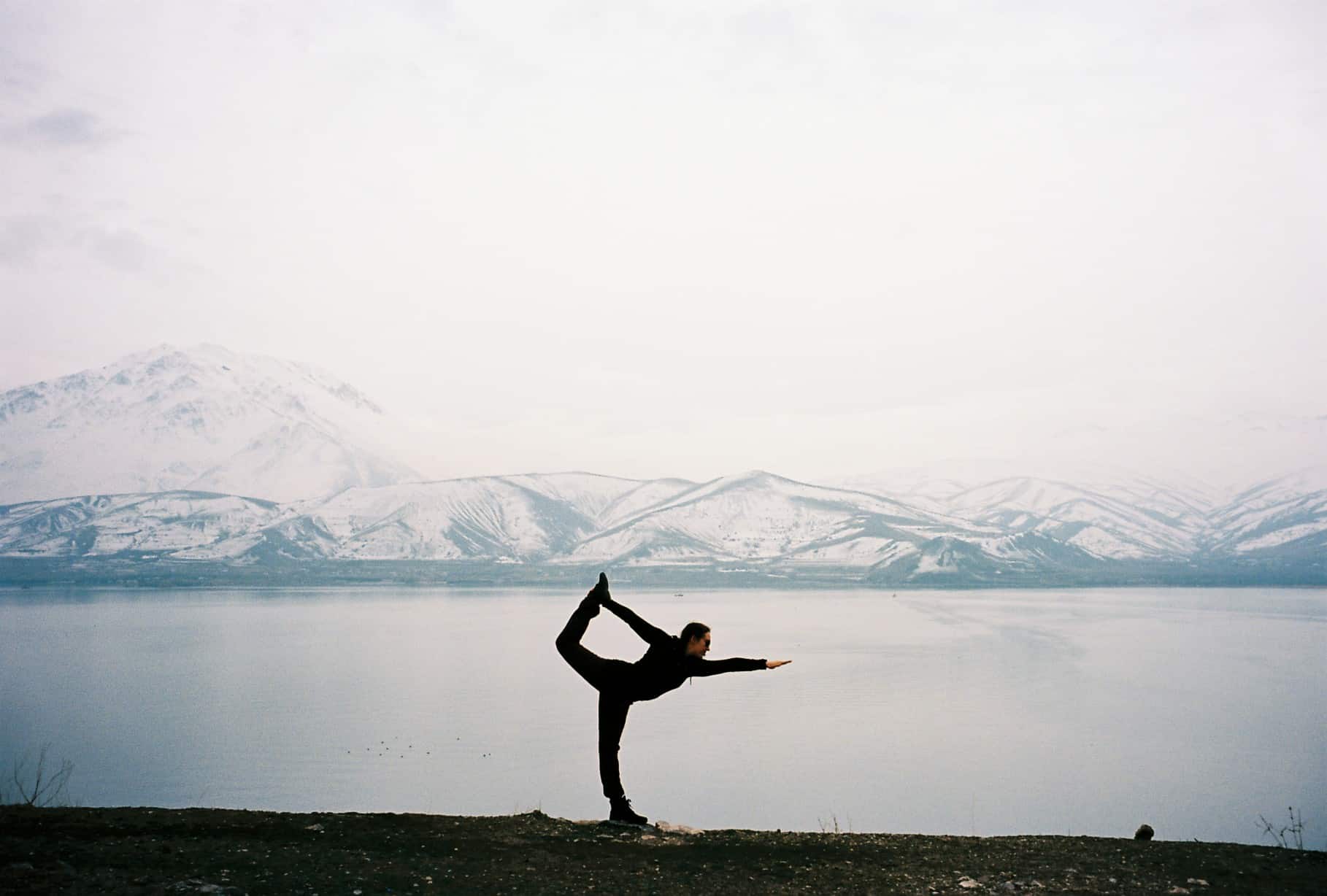
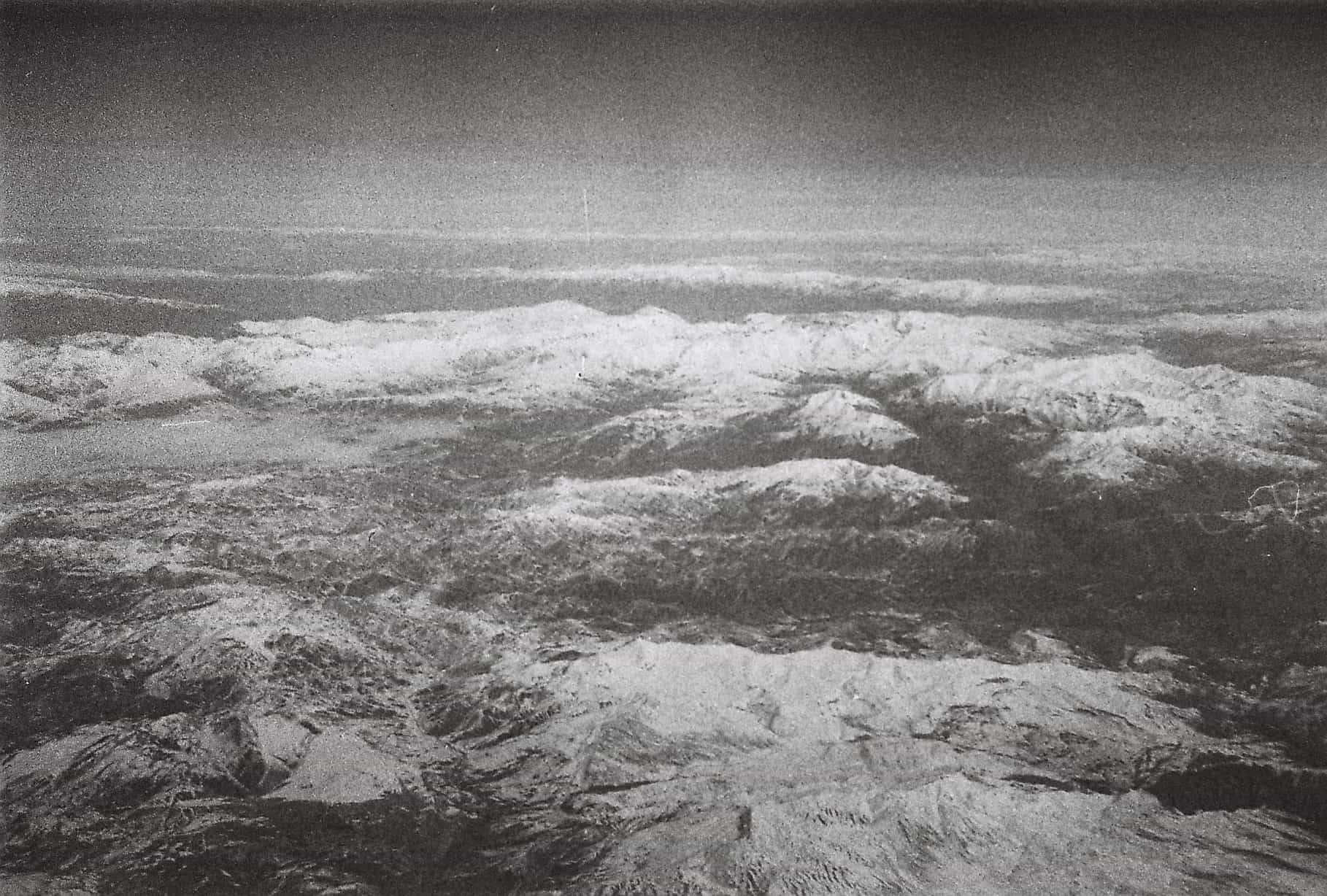
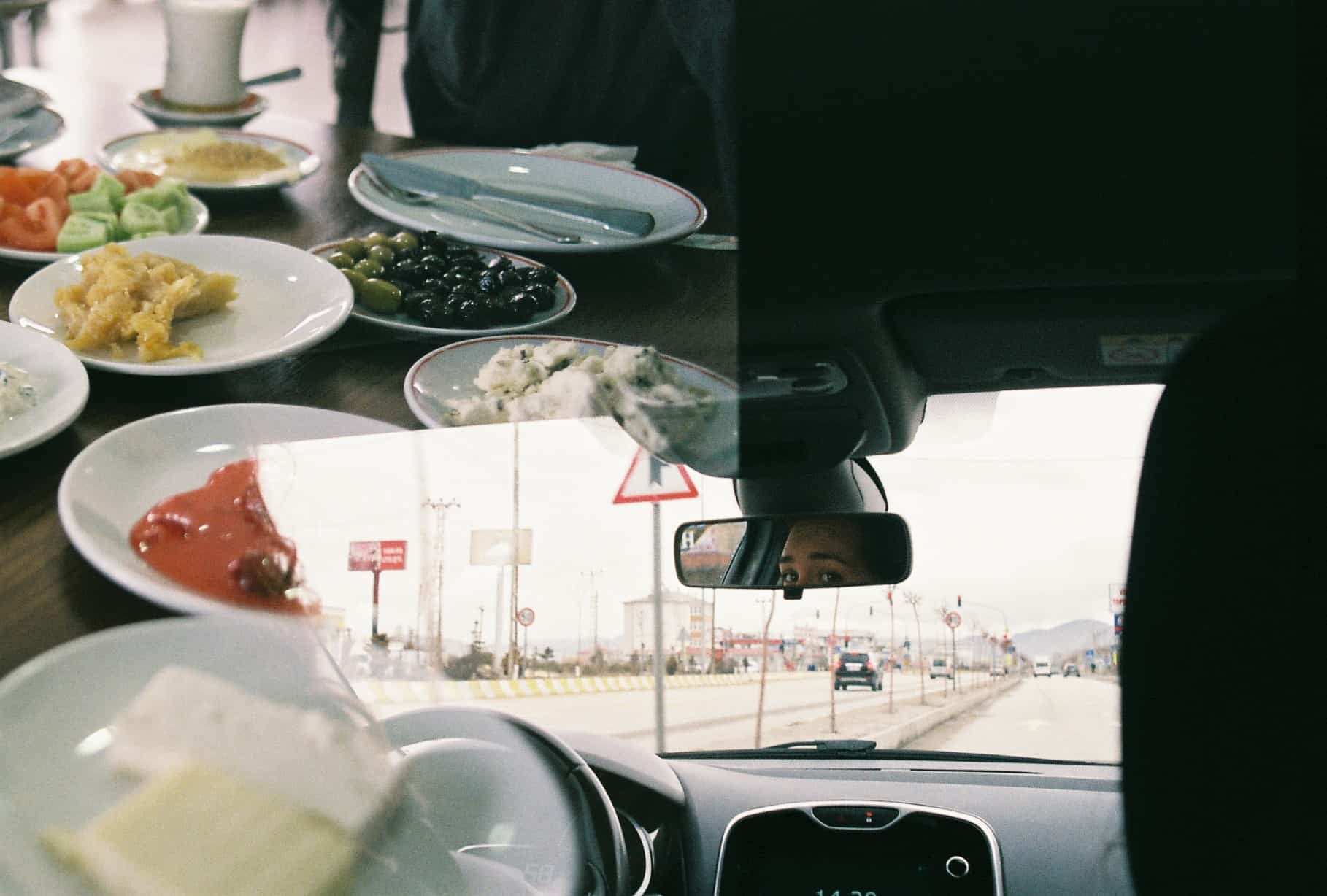
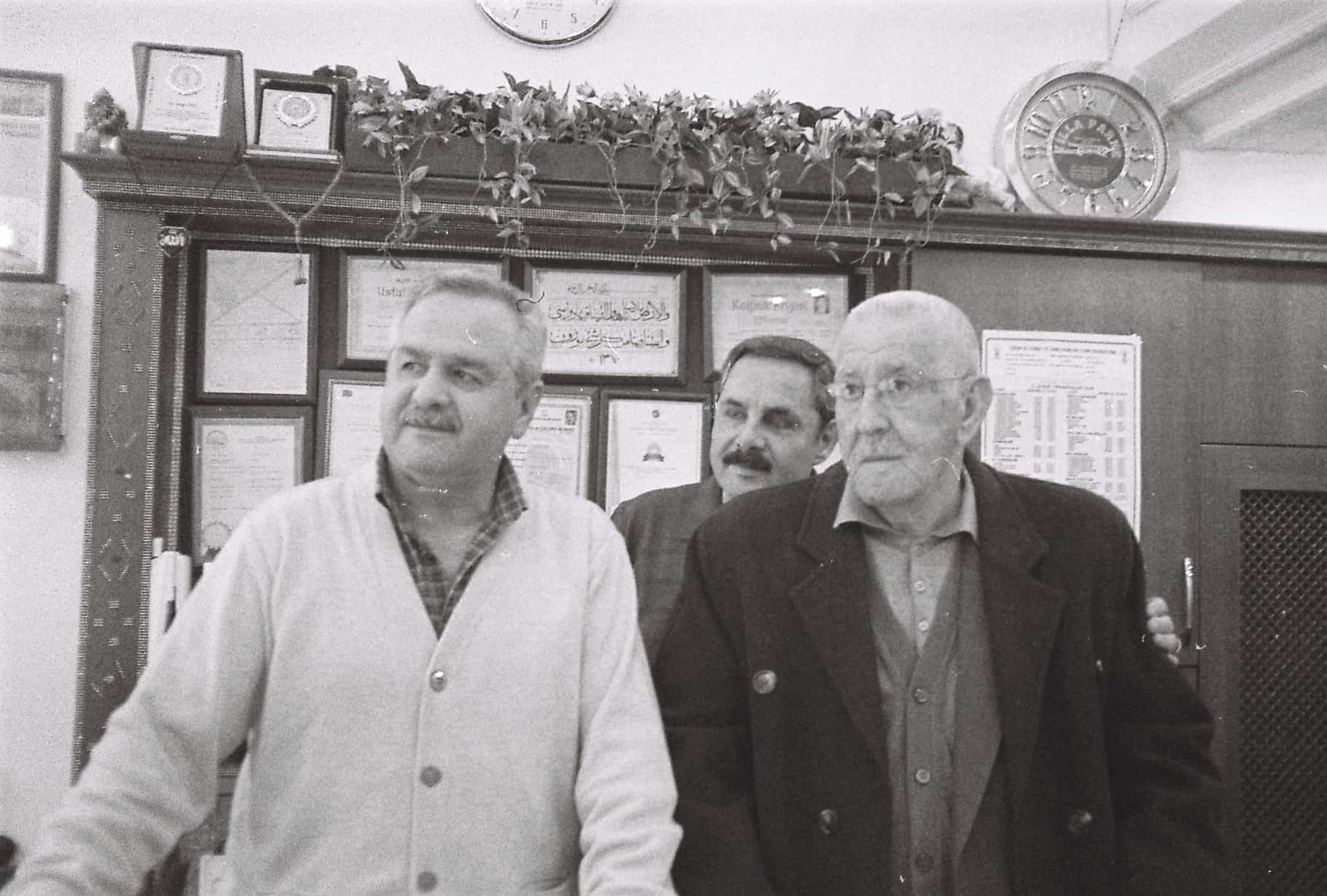

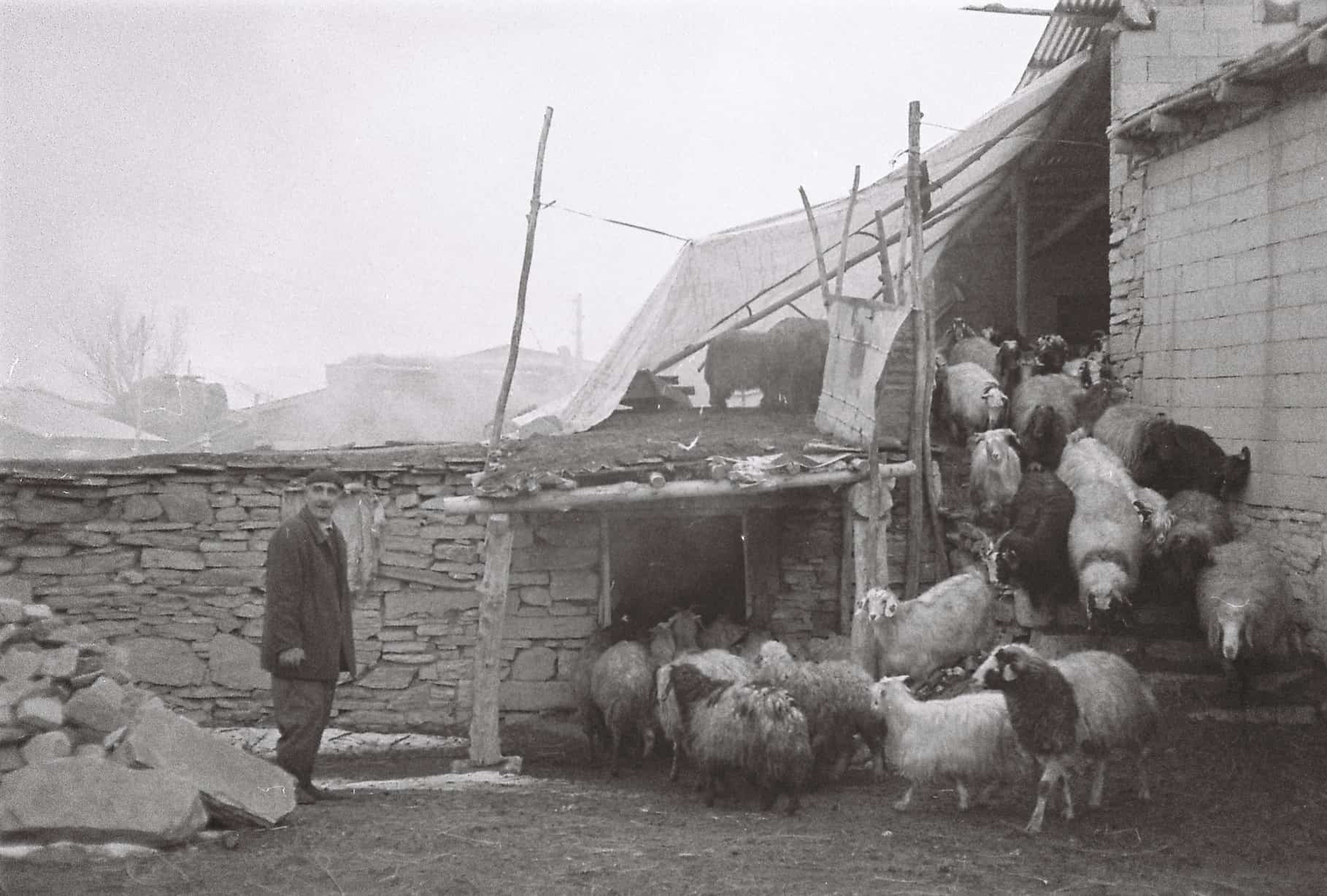

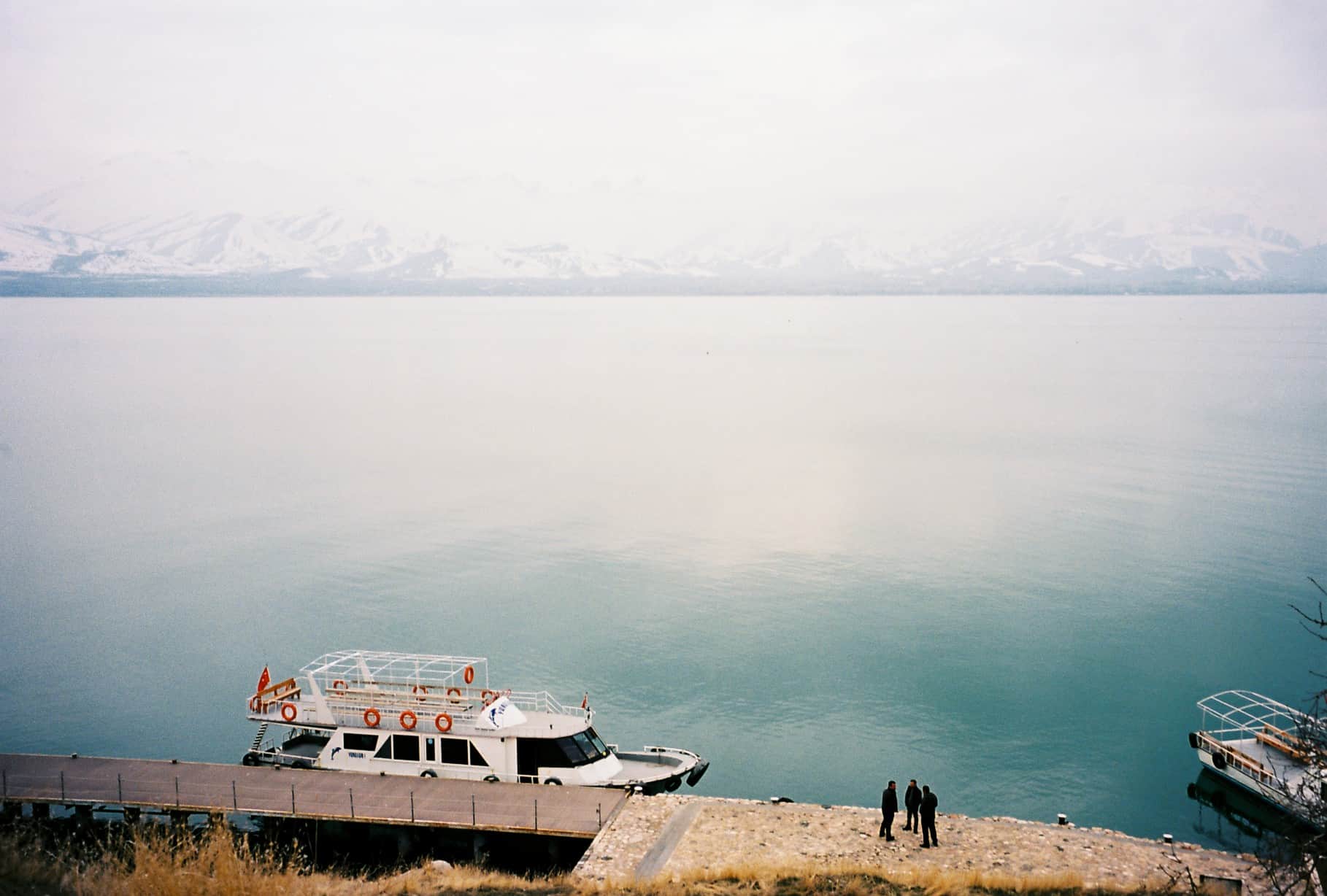
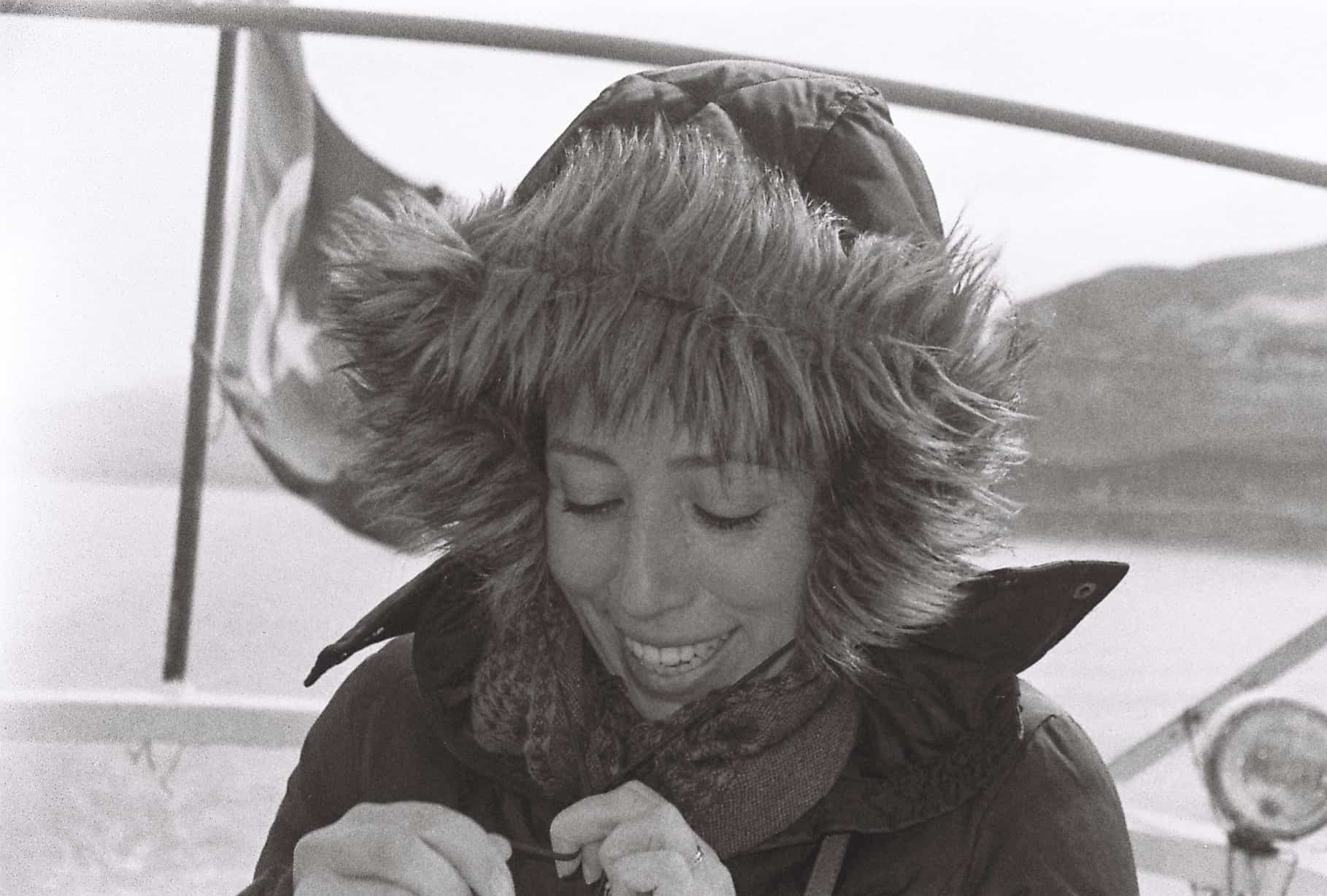
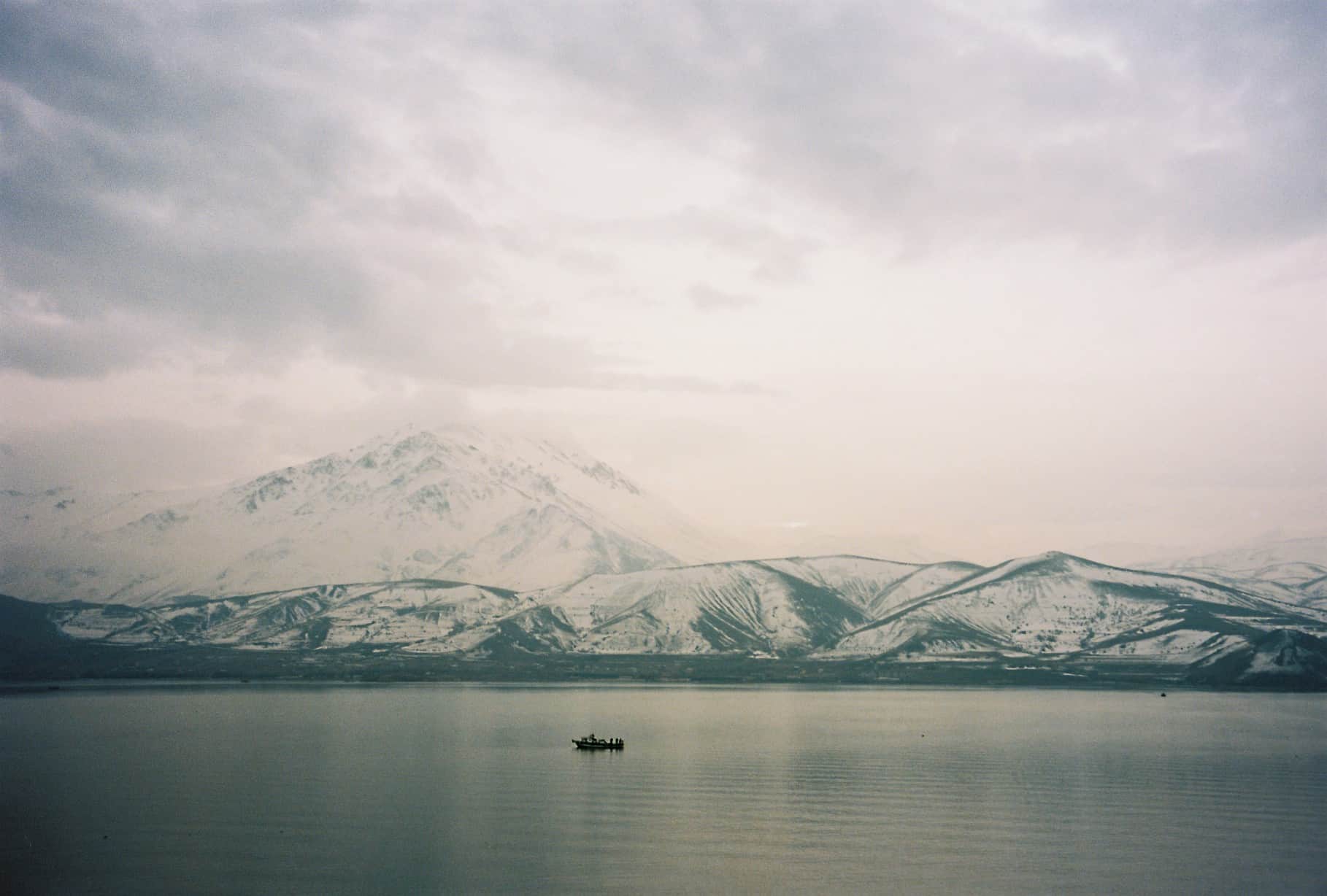


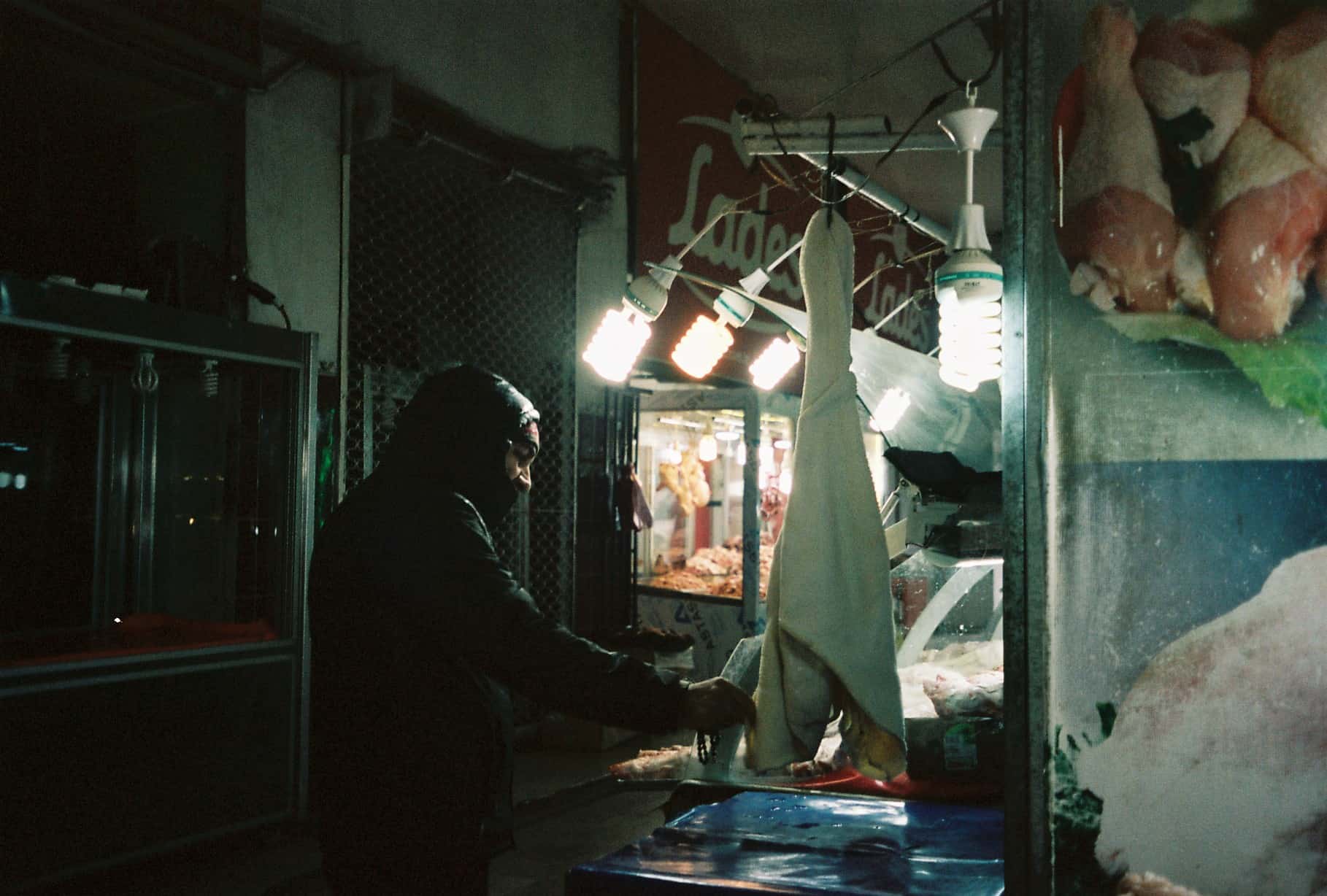
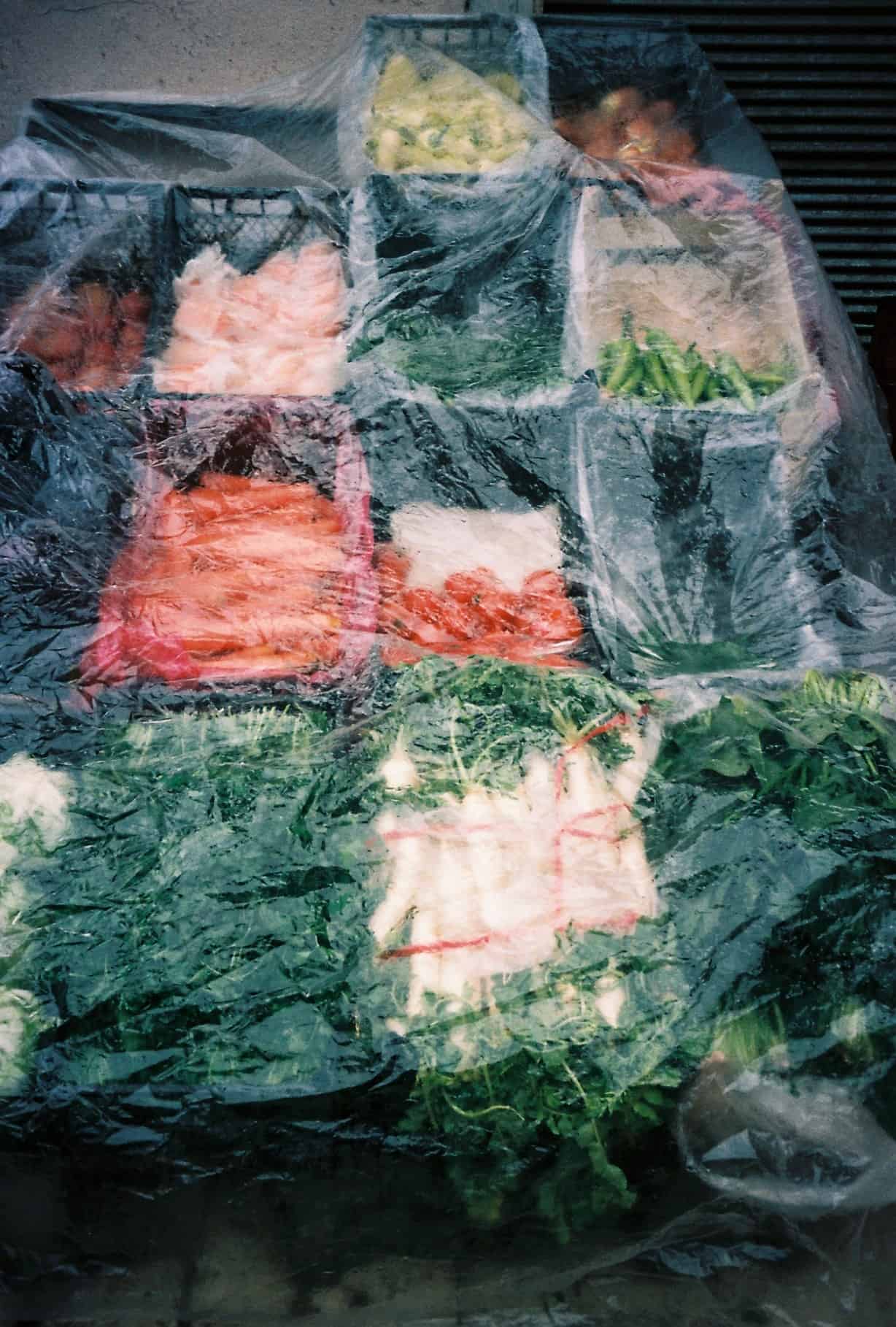
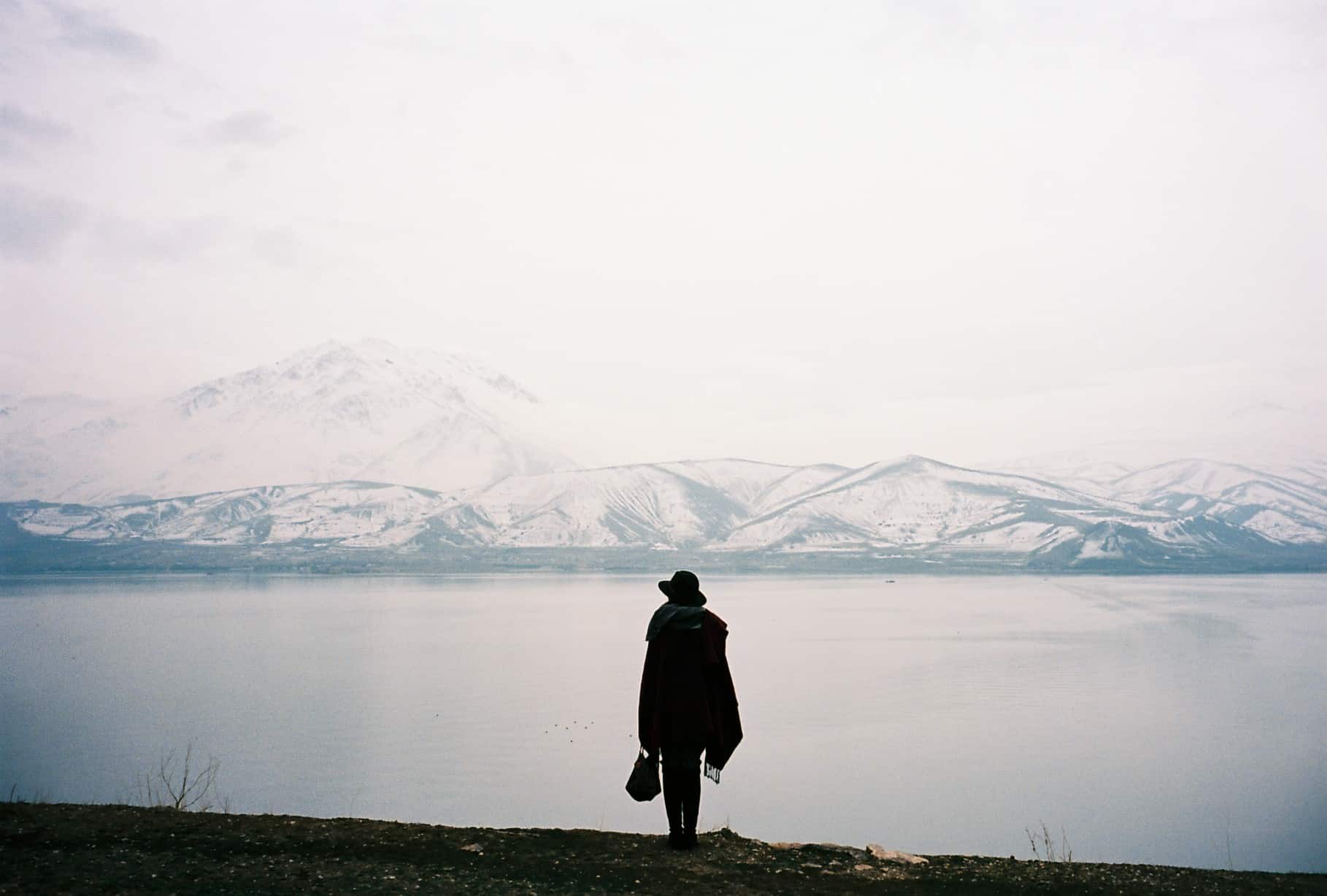


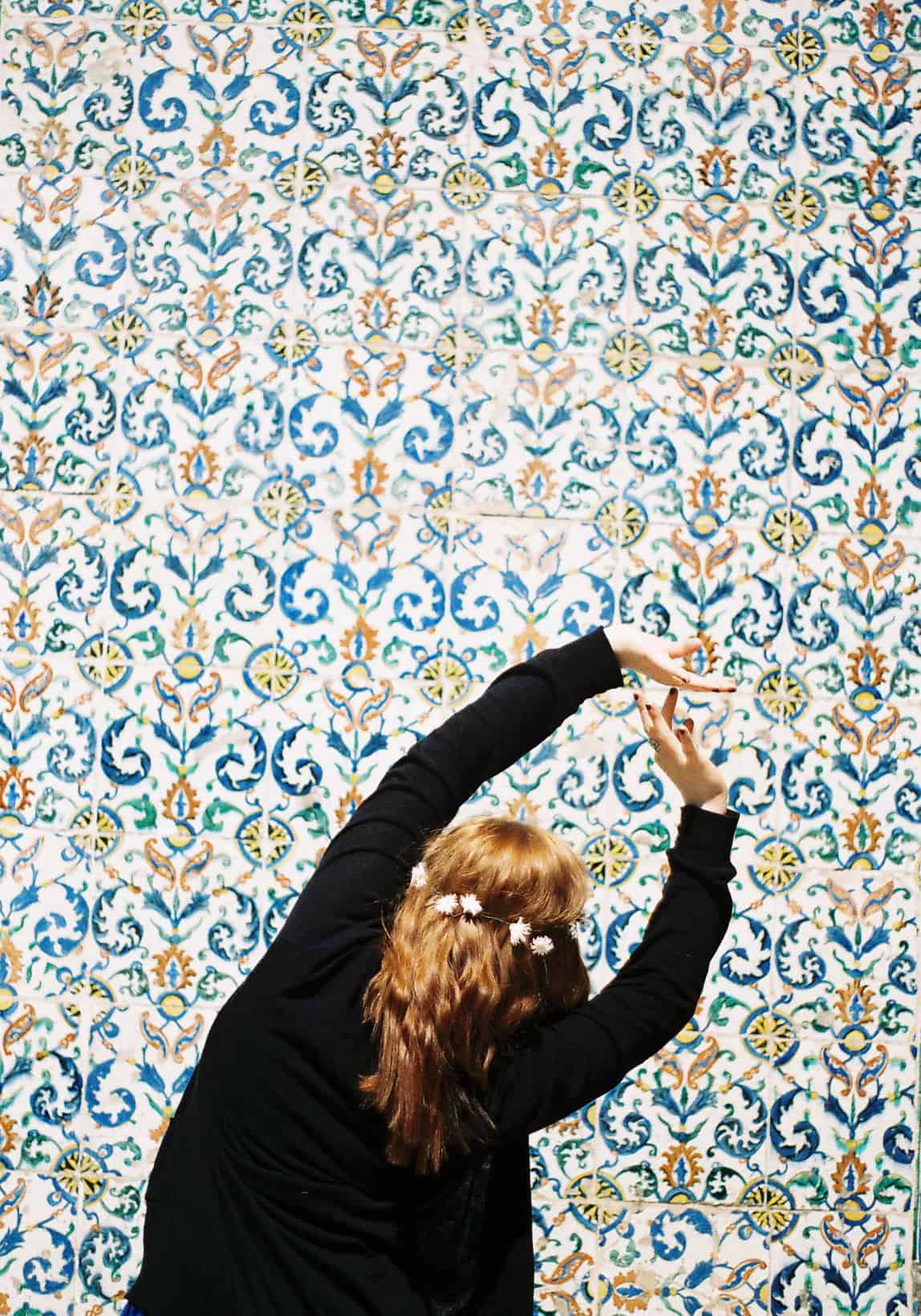
4 Comments
David Pierce
March 30, 2018 at 3:26 PMVery nice, text and photos. One of the latter is a double exposure, I think, as in the show at Orjin Maslak, which I liked a lot. I offer the results of my own time in Van last August, ending up with musings on monasticism, such as would have been practiced on Ahtamar Island:
https://polytropy.wordpress.com/2017/08/30/ahtamar-island/
Katrinka
April 5, 2018 at 3:51 PMThank you very much, and I’m glad to hear you attended the show at Orjin Maslak! I’m really enamored with double exposures, though the one in this post was actually accidental. I still like it!
David Pierce
April 6, 2018 at 10:16 AMThe double exposures at Orjin Maslak were accidental too though, weren’t they? You knew you were making them, but you didn’t know what was being doubled up, and you chose the results that worked, just as here. Art is what is recognized as such!
Katrinka
April 7, 2018 at 10:19 AMThe double exposures at Orjin Maslak were always intended to be doubles– we purposefully rolled the film back and shot over it. The image here was unintentional; I thought my camera was jammed, tried to rewind the film to un-jam it, and accidentally made the double exposure. Of course with film, it’s hard to know what will be doubled up, especially with the pictures at Orjin Maslak that have two different photographers! With my personal double exposures, I can at least attempt to be more deliberate about it. It’s all interesting!